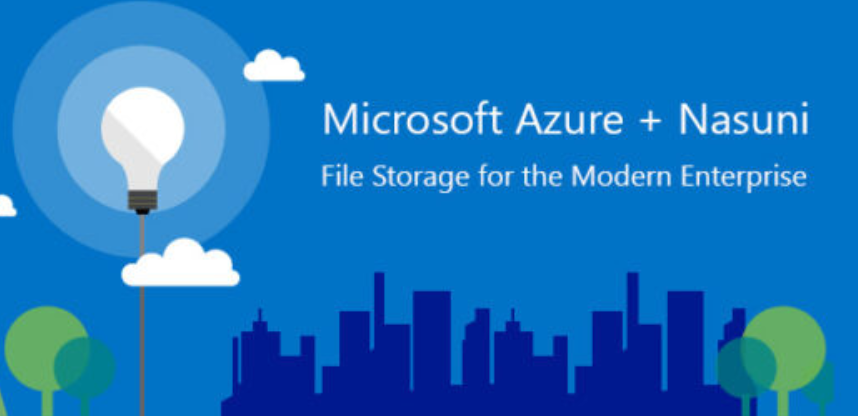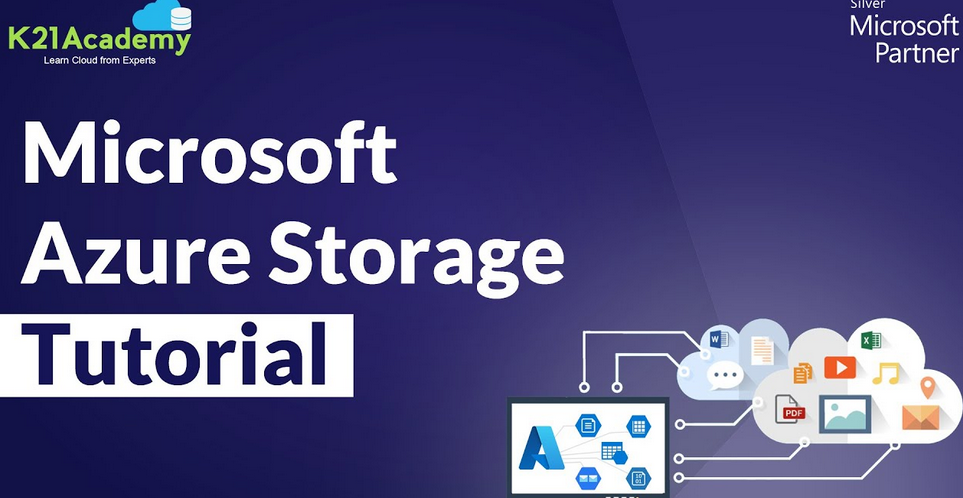Orchestrating AWS security services
In a world where security threats are increasingly sophisticated and pervasive, organizations need more than isolated solutions. They require a cohesive, integrated approach that can adapt to evolving threats and compliance requirements. This section delves into how you can achieve this orchestration, creating a comprehensive, scalable, and flexible security framework that meets your organization’s needs.
Building an integrated security architecture
AWS offers a plethora of security services, each designed to address specific aspects of security. However, the real power lies in designing an efficient security architecture that enables those services to work in harmony. Let’s explore their combined effectiveness in more detail.
Multi-service synergy
When it comes to AWS security services, the sum is often greater than its parts. For instance, GuardDuty can detect malicious or unauthorized behavior, but its findings become more actionable when integrated with Security Hub, which aggregates these findings and correlates them with other data points. Similarly, Macie can identify sensitive data, but its effectiveness is amplified when used in conjunction with SSM Parameter Store and Secrets Manager to ensure that sensitive data is not only identified but also securely managed.
Organizations and Control Tower can act as the backbone of your security architecture, enabling centralized governance across multiple AWS accounts. These services can enforce guardrails that are aligned with the findings and recommendations from Config, Inspector, and other assessment services. This creates a feedback loop where detection, assessment, and governance services continually inform and enhance each other.
Data flows and security
Data is the lifeblood of any organization, and its secure flow is crucial for operational integrity. AWS services are designed to work in an interconnected manner, often requiring data to move from one service to another. For example, logs from CloudTrail can be ingested into Security Lake for deeper analysis. While this inter-service data flow is generally secure, additional measures such as encryption during transit and at rest, enabled by KMS, can add an extra layer of security. This data flow should also be secured using IAM roles and policies that grant least-privilege access.
Also, consider using VPC endpoints for private connectivity between AWS services. This is especially important when either the source, the destination, or both are located within your VPC. Doing so reduces the exposure of your data to the public internet.



